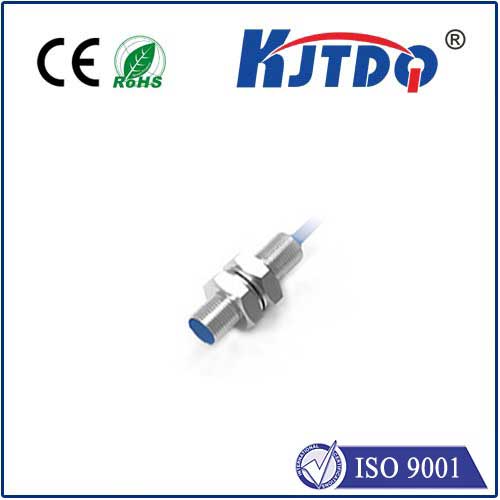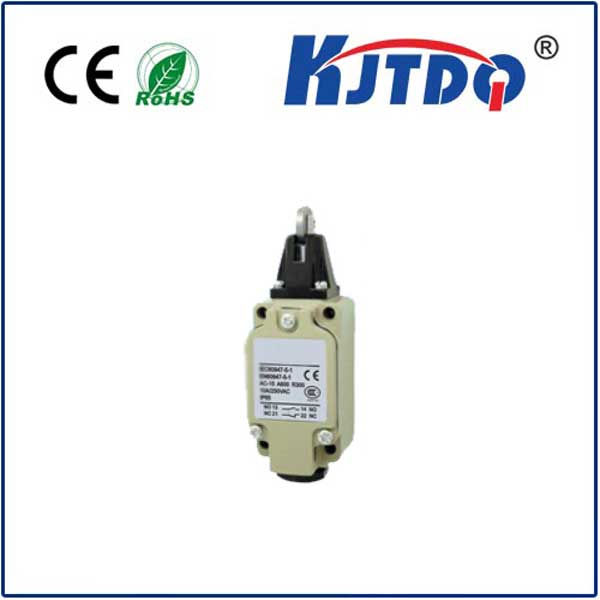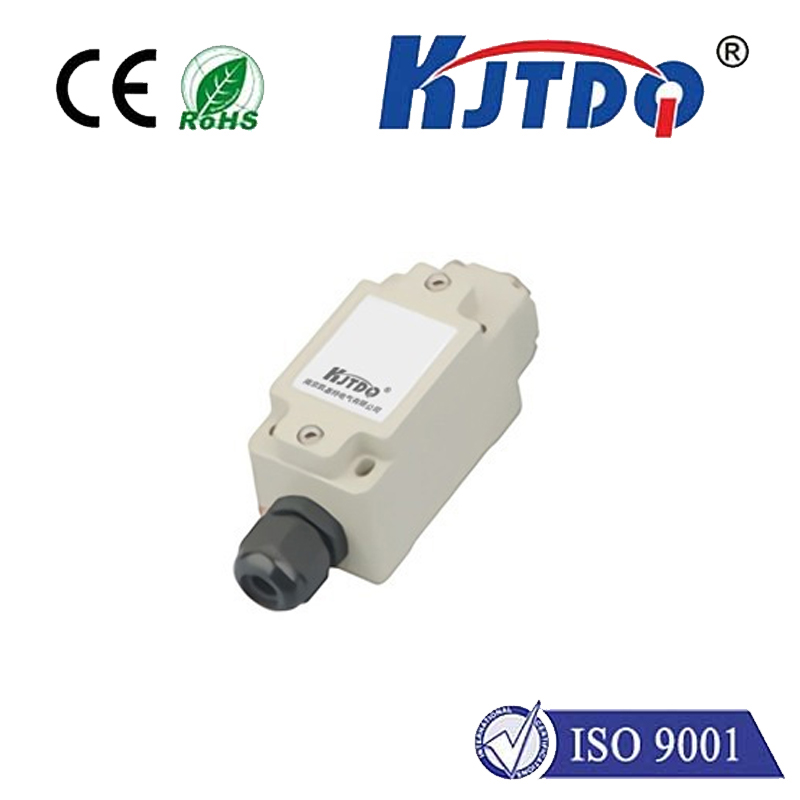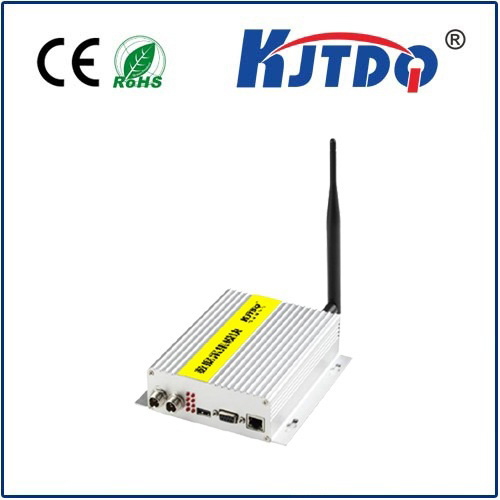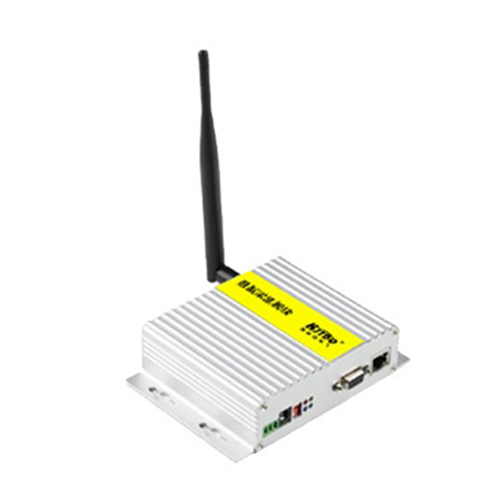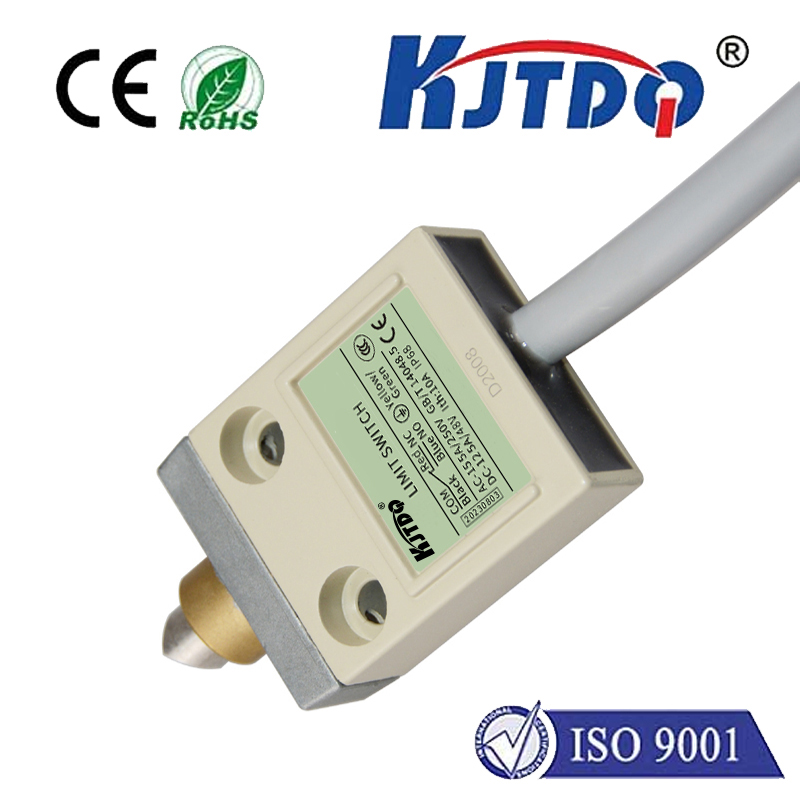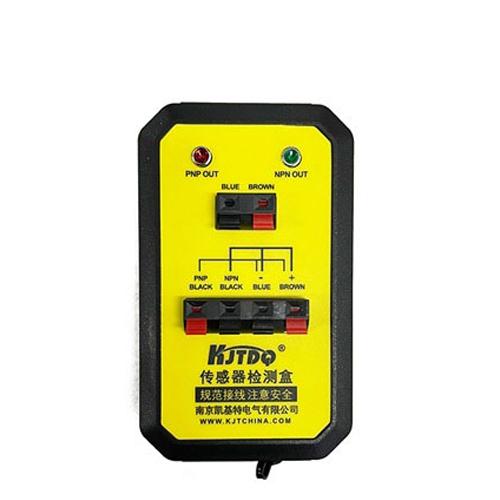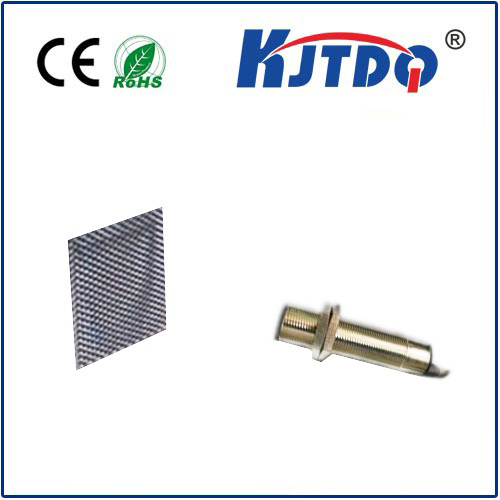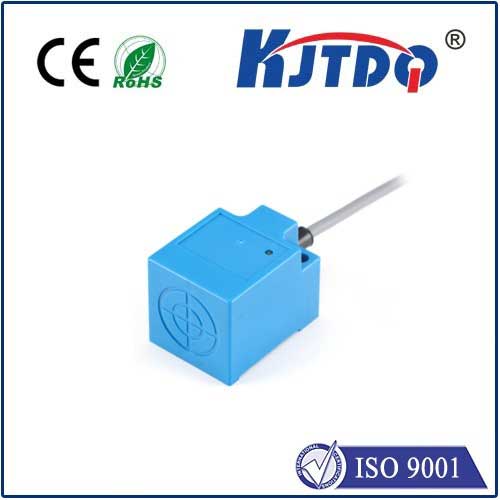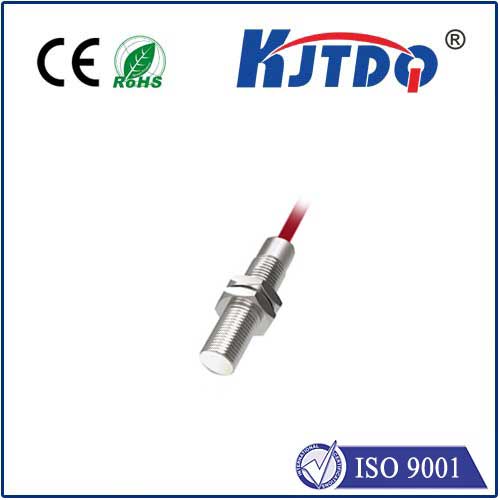

check

check

check

check

check

check

check

check

check

check
High Precision Distance Measurement: Advancements and Applications
In the field of metrology, high precision distance measurement is a critical component that ensures accuracy in various scientific and industrial applications. With the advancement of technology, there has been a significant improvement in the techniques used for measuring distances with higher precision. This article explores the latest advancements and applications of high precision distance measurement.
Laser Interferometry: A Key Technique for High Precision Measurement
Laser interferometry is a widely used technique for high precision distance measurement. It involves splitting a laser beam into two separate paths and then recombining them to create an interference pattern. The resulting pattern provides information about the difference in path length between the two beams. Laser interferometry offers sub-micrometer accuracy, making it ideal for applications such as semiconductor manufacturing, optical testing, and surface inspection.

Optical Triangulation: Enhancing Accuracy and Resolution
Optical triangulation is another popular method for high precision distance measurement. It involves projecting a light beam onto a surface and measuring the angle of reflection. By using multiple sensors and analyzing the reflected light, this technique can achieve micron-level accuracy over short distances. Optical triangulation is commonly used in robotics, automotive inspection, and quality control processes.
Time-of-Flight Ranging: Measuring Longer Distances with Precision
Time-of-Flight ranging is a technique that measures distance by calculating the time it takes for a signal to travel from a transmitter to a target and back to a receiver. This method can provide millimeter-level accuracy over distances ranging from several meters to kilometers. Time-of-flight ranging is widely used in surveying, geographic mapping, and autonomous vehicles.
Phase Shift Ranging: Improving Measurement Accuracy
Phase shift ranging is another technique that uses phase differences of reflected signals to determine distance. By comparing the phase of a transmitted signal with that of a received signal, this method can achieve micron-level accuracy over shorter distances. Phase shift ranging is often employed in materials testing, medical imaging, and scientific research.
Conclusion
High precision distance measurement plays a crucial role in numerous industries and scientific endeavors. With the continuous advancement of technologies such as laser interferometry, optical triangulation, time-of-flight ranging, and phase shift ranging, we can expect further improvements in measurement accuracy and resolution. These advancements will undoubtedly lead to new applications and innovations across various fields, including manufacturing, transportation, and healthcare.
